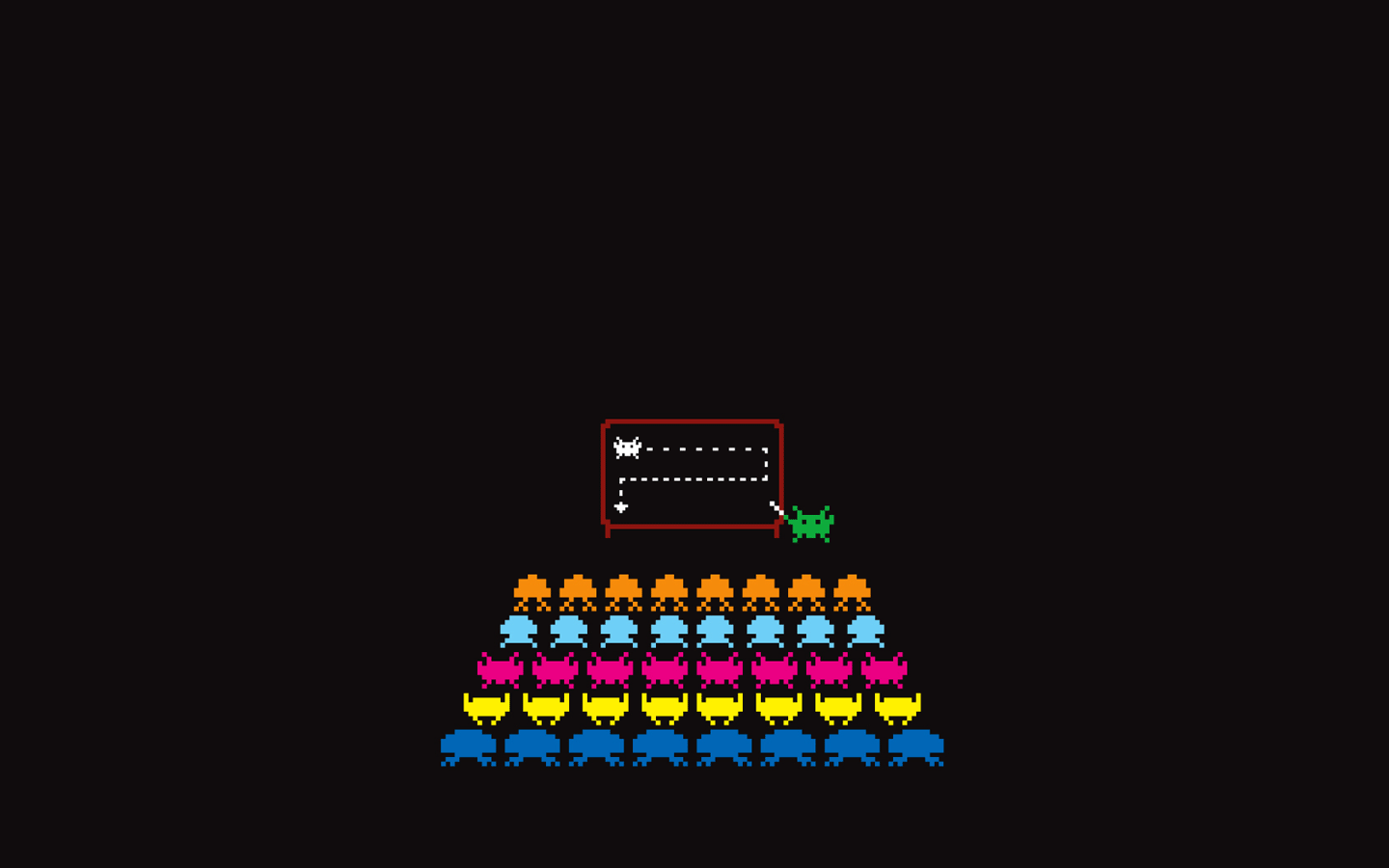通过systemd管理软件和服务
通过systemctl 来管理系统的服务和软件,但是如果是自己安装的软件就没有办法使用了。其实是可以自己定义systemd的管理脚本的,类似与之前的SysV风格的管理脚本。
Systemd
systemd is a suite of basic building blocks for a Linux system. It provides a system and service manager that runs as PID 1 and starts the rest of the system. systemd provides aggressive parallelization capabilities, uses socket and D-Bus activation for starting services, offers on-demand starting of daemons, keeps track of processes using Linux control groups, maintains mount and automount points, and implements an elaborate transactional dependency-based service control logic. systemd supports SysV and LSB init scripts and works as a replacement for sysvinit. Other parts include a logging daemon, utilities to control basic system configuration like the hostname, date, locale, maintain a list of logged-in users and running containers and virtual machines, system accounts, runtime directories and settings, and daemons to manage simple network configuration, network time synchronization, log forwarding, and name resolution.
管得还是挺多的,主要是启动PID为1的进程并启动其他的程序,并行执行,维护挂载点及自动挂载,服务之间的依赖关系,日志进程,
Systemd的Units文件
Systemd默认的文件配置路径有:
- /etc/systemd/system/*
- /run/systemd/system/*
- /usr/lib/systemd/system/*
Systemd Unit File 的模板
有这样的几个模块:
- [Unit]
- [Service]
- [Install]
Unit
Unit的作用是记录文件的通用信息。
- Descripition – 对软件或服务的描述。
- Before OR After – 定义启动的顺序,在某些服务 启动之前 OR 启动之后 ,在启动这个服务。其中还定义了服务的依赖关系,先后顺序。常用的值有
network.target, Multi-User.target, network.service等等。 - Requires – 并行启动所指定的其他服务。
- RequireOverrideable – 类似与require,但是不同的是手动启动的时候不会报错。
- Requisite – 只要启动失败了就直接报错停止,强硬版本的requires。
- Wants – 启动依赖单元的常用选项,在启动的同时调起其他的Unit,如果其他单元启动失败了也不会影响当前定义的Unit的启动。
- Conflicts – 冲突单元,启动的时候发现了Conflict中定义的其他单元就会尝试终止Unit。
Service
- Type – 对服务类型的定义,通常有如下三种:
- simple 默认的类型,启动就启动,停止就结束了。
- forking 守护进程的类型,把必要的启动之后留下守护进程。
- oneshot 一次性的服务,启动后就结束了。 - ExecStart – 启动的时候执行的命令, 这条命令就是服务的主体。
- ExecStartPre OR ExecStartPost – ExecStart执行前后的动作。
- ExecStop – 指定服务结束的动作,如果未指定直接kill。
- Restart – 定义了重启的条件和动作,常用的参数有:
no, on-sucess, on-failure, on-watchdog, on-abort。 - SuccessExitStatus – ExecStart的返回值。
SuccessExitStatus=1 2 8 SIGKILL
Install
- WantedBy – 定义启动的情景,几种不同的target:
multi-user.target | poweroff.target | rescue.target | graphical.target | reboot.target - Alias – 别名的设置在这里定义。
标准配置文件 - Libvirtd
1 | [Unit] |


